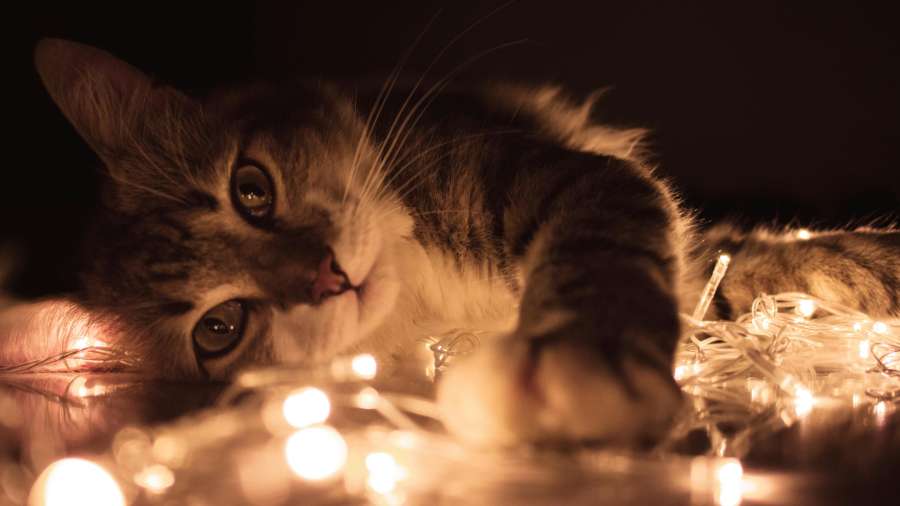How to Prevent a Cat from Escaping
How to prevent your feline companion from wandering off the yard and ensure its safety
 Over time and with affection, cats truly integrate into the family. This is why many individuals fear that their cherished four-legged companions might venture out of the house, escaping to the garden or balcony. To avert your cat from fleeing the garden and other secure spots within the residence, it's crucial to implement measures that keep your cat content and secure indoors and outdoors.
Over time and with affection, cats truly integrate into the family. This is why many individuals fear that their cherished four-legged companions might venture out of the house, escaping to the garden or balcony. To avert your cat from fleeing the garden and other secure spots within the residence, it's crucial to implement measures that keep your cat content and secure indoors and outdoors.
Measures to avert your cat from escaping the garden
A solid starting point to prevent your cat from escaping the garden is by erecting tall, robust barriers. Some barriers are specially crafted to hinder your cat from scaling over them. These barriers often feature an inward-slanting top edge, making it challenging for your cat to ascend.
Many are unaware that cats are less inclined to attempt an escape if they cannot see past the barrier. Wooden panels, mesh, or dense vegetation can obstruct the view and deter the cat from fleeing.
While your cat is in the garden, it's beneficial to keep a watchful eye on them. Spending quality time outdoors with your cat can offer stimulation and companionship, diminishing their urge to explore the garden. Establishing designated areas for your cat in the garden, like shaded spots, safe pathways, or elevated viewpoints, can also engage your cat and enhance its well-being.
How to safeguard your garden for your feline friend?
Apart from installing escape-proof barriers, your garden might harbor other hazards. For instance, certain plants like lilies, azaleas, and oleanders, can be toxic to cats if ingested. Hence, eliminating these plants from your garden is essential to prevent your cat from accidentally consuming them.
Securing entrances, wells, and other potential entrapments is also crucial. Cats often seek refuge from the sun and weather and may venture into perilous spots. Setting up weather-resistant shelters or houses, along with climbing structures like scratching posts, cat trees, or tree trunks, can enhance your garden's safety for your indoor cat.
Preventing a cat from escaping a balcony
Balconies pose risks for domestic cats. Especially kittens, with limited depth perception, may not be deterred by the balcony's height, increasing the risk of falls.
Installing a protective net around the balcony is among the most effective strategies to prevent escapes. Transparent nets are available at many pet stores and are simple to attach to the balcony framework. Besides nets, using alternative physical barriers such as plexiglass panels can hinder the cat from climbing or leaping over the railings. These barriers must be sufficiently high to deter the cat from jumping over them.
Despite the barriers, it's advisable not to leave your cat unattended on the balcony. Precautions may not suffice, and even with protective measures, supervising your cat outdoors is vital to prevent mishaps.
Avoiding a cat's escape from home
Generally, confining a cat indoors can be challenging, particularly if the cat is inquisitive or prone to fleeing. Venturing outside can pose risks to its safety if the cat is not accustomed to it.
Training and conditioning your cat is crucial to prevent escapes. Teaching your cat to obey simple commands and come when called can deter escapes. Positive behavior can be rewarded with treats and affection.
Despite precautions, a cat may still manage to escape. Having a microchip and ensuring your cat wears a collar with an identification tag heightens the chances of a swift return. These precautions significantly reduce the likelihood of your cat fleeing and remaining untraceable.







